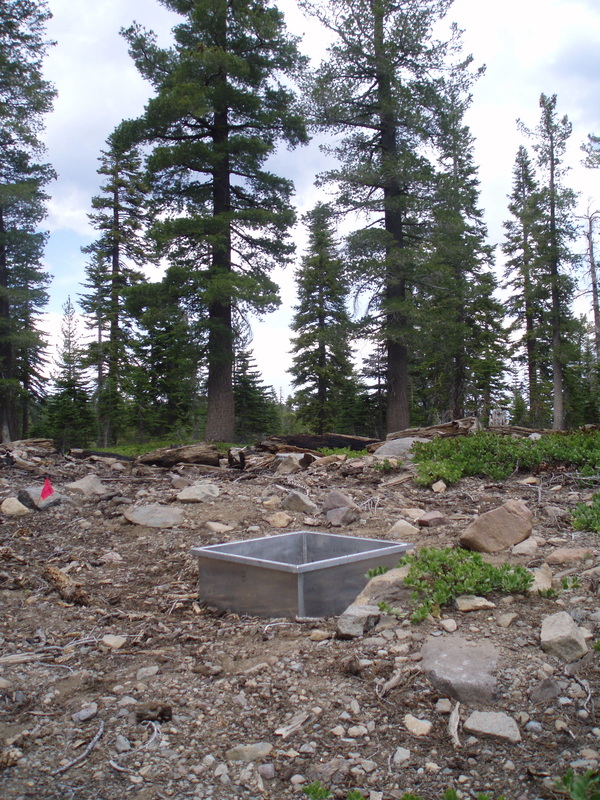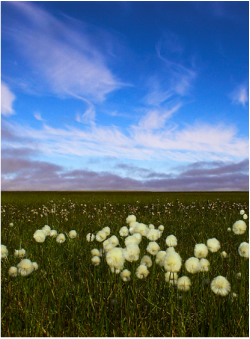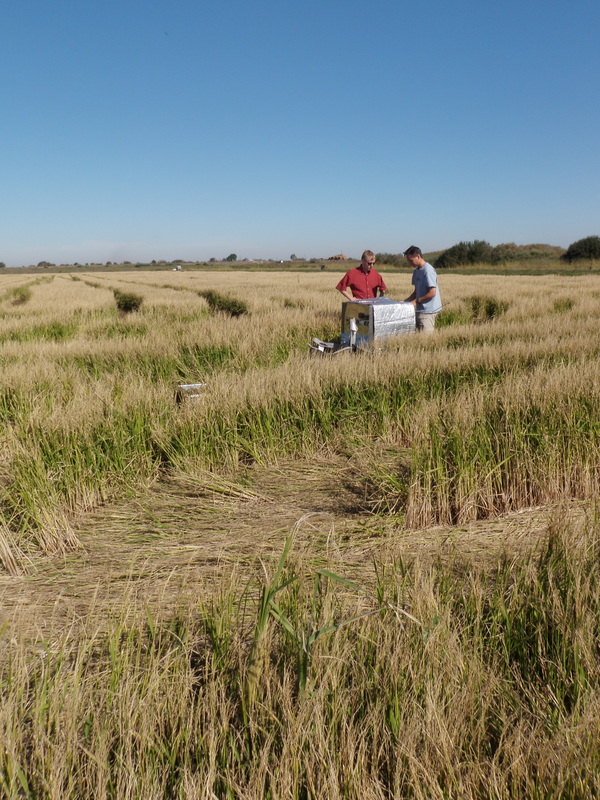The Mega-Meta Carbonyl Sulfide Study and Community Action Plan, Biogeosciences
www.biogeosciences.net/15/3625/2018/
With associated community research group: www.cosanova.org/
Perspective piece in New Phyotologist: https://nph.onlinelibrary.wiley.com/doi/10.1111/nph.18337?af=R
www.biogeosciences.net/15/3625/2018/
With associated community research group: www.cosanova.org/
Perspective piece in New Phyotologist: https://nph.onlinelibrary.wiley.com/doi/10.1111/nph.18337?af=R
GLOBAL Photosynthesis |
The main goal of this work is to understand, globally, how plant physiology changes in our changing climate. To do this, we measure a gas called carbonyl sulfide. It looks very similar to carbon dioxide and can interact with the same enzymes in plant leaves. By understanding the exchange of carbonyl sulfide with components of ecosystems, we can estimate photosynthetic carbon uptake by measuring the drawdown of carbonyl sulfide over ecosystems. I wrote an introduction to the many uses of carbonyl sulfide observations at cosanova.org. My latest paper on this subject is in New Phytologist: https://nph.onlinelibrary.wiley.com/doi/10.1111/nph.18337?af=R
|
Sulfur Cycling |
More than half of the sulfur in the air is from human activity, making the global sulfur cycle (arguably) the most perturbed of all the global elemental cycles. Observing how sulfur-containing gases are exchanged over ecosystems will allow us to understand potential climate feedbacks and effects of geo-engineering.
My current project involves interpreting observations of terrestrial dimethyl sulfide, the "smell of the ocean". This gas is an important precursor to cloud condensation nucleii. Trace amounts are produced in terrestrial ecosystems and play a role in local precipitation dynamics. My last paper on this subject is in Biogeochemistry. |
Research GroupsI'm pleased to work with many excellent research and public outreach groups as part of my work.
|


